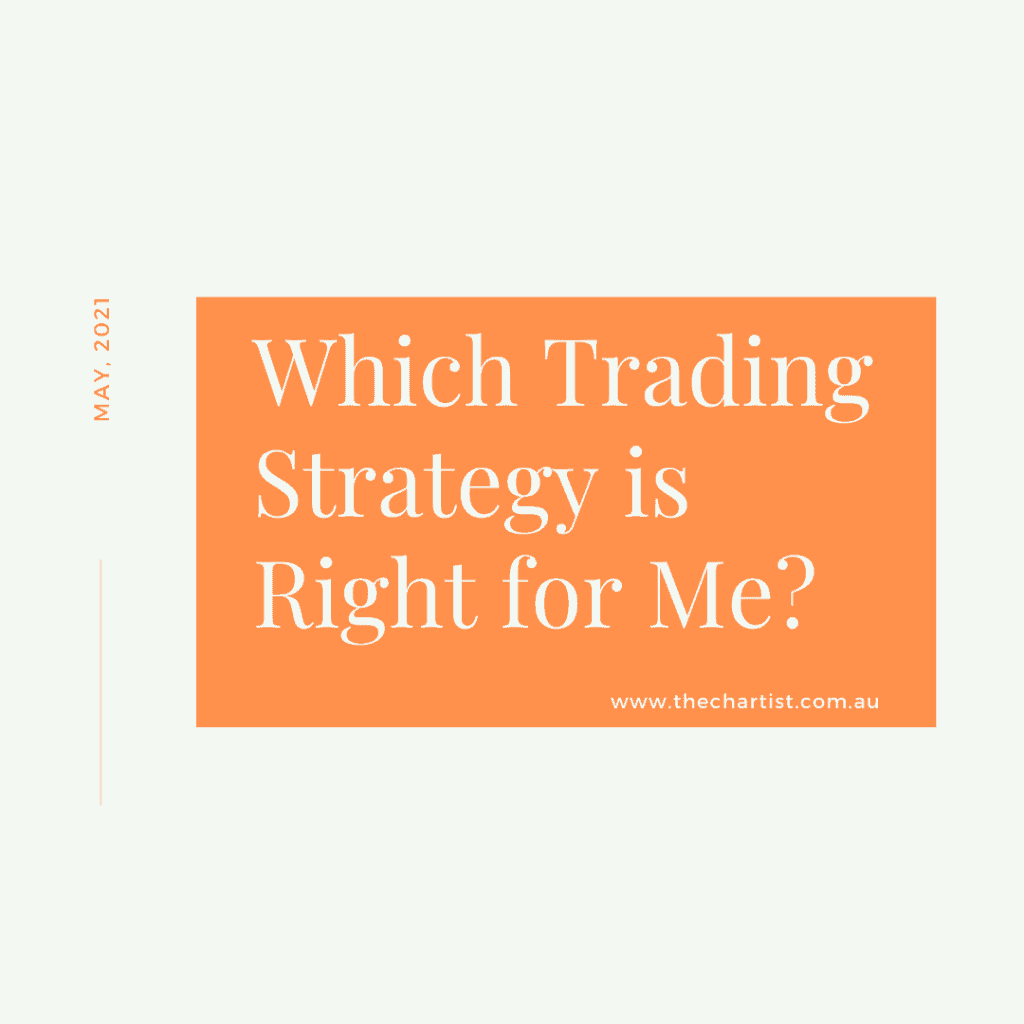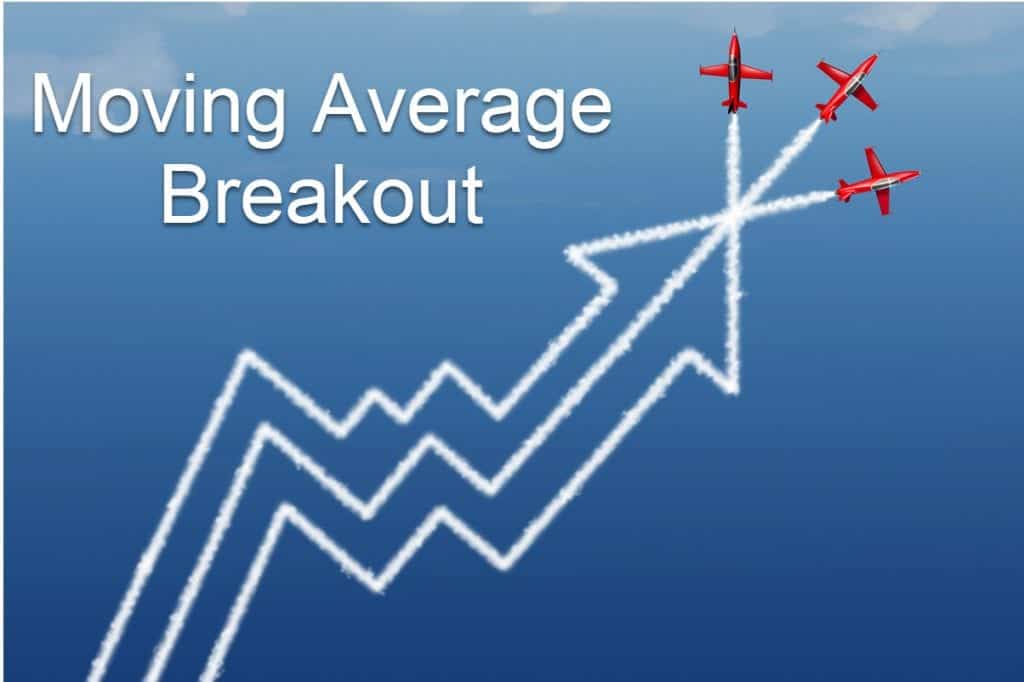
Which Trading Advice is Right for Me?
Each week we receive many emails from traders and investors asking which trading advice should they follow? Also, which strategy is the right one for them.
That’s something we will never give you advice on.
We’re not licensed to do so, nor do we have the appropriate background information on you to help with that decision.
We solely provide General Advice, which means all the information we provide is furnished in general terms and not to you specifically.
However, there are certain considerations that you can take into account when choosing a strategy, and they don’t necessarily revolve solely around performance!
Experience
As a rule of thumb, the less experience you have, the simpler the strategy should be. So, what does simple look like?
- Longer-term in nature which means less involvement in the day to day fluctuations of the market and emotionally easier to handle.
- Lower trade frequency allows smaller capitalised traders to get involved without paying huge amounts of commission.
- Trades the local market which removes currency risks and other account complications.
- Can be executed using a basic brokerage account, such as SelfWealth
- Proven. With today’s technology, we’re able to go back historically and put the strategy to the test to better understand the journey, not only the returns but also the risks.
The ASX Momentum strategy provided within The Chartist would fit these criteria and is one that Trish and I use.
Time and Capital
Many of us lead busy lives – kids, careers and hobbies, so certain trading styles may not be appropriate.
If you have several young children that demand your attention, and also work long hours, then discretionary day trading is probably not something that will help your marriage (although we do offer systematic hands-off day trade strategies). It could be that in that situation, a longer-term weekly or monthly strategy provides you exposure to the market, but without the daily commitments.
Capital is also important. As mentioned above, short-term trading with minimal capital through an expensive broker is a very quick way to send your account into the red. I have spoken about this for years, indeed in this video presentation, I even had hair.
And in that video, I talk about diversification. More on that below, suffice to say, more capital allows better strategy diversification.
Diversification
If you have experience, it could well be that adding some diversification to the mix will provide benefits. We’ve previously discussed the benefits of strategy diversification HERE.
Trish and I trade 8 portfolios, which may be overkill for most. However, small steps can certainly make a difference. Some ideas:
- Divide your capital into two. Trade half on one part of the market, like the large-cap ASX-100, and trade the other half on a different part of the market, such as small caps. The Weekend Trend Trader is a great strategy for tackling the small end of the market.
- Divide your capital into two. Trade half on a longer-term strategy, and the other half on a shorter-term strategy. Be wary of trading shorter-term in Australia however; commissions and liquidity become important issues with higher-frequency trading. I do all my short-term trading in the US.
- Divide your capital into two. Trade half on the Australian market, and the other half in the US market.
Time In, Not Timing.
It’s commonly recognised by industry professionals that investment success comes from the long term application of a strategy. Rome wasn’t built in a day. Warren Buffett didn’t become the world’s greatest investor in 2-months, indeed all great investors have periods of underperformance at some stage.
Amateurs on the other hand tend to gyrate from one strategy to another based on very small periods of performance.
You don’t need the best strategy. You simply need a reasonably good strategy and apply it for the long term.
Same with market type. Crypto might be sexy. They may move fast and may provide speedy returns. But is that sustainable? I have no idea and quite frankly I don’t care. (I’m always asked, and the answer is “I don’t trade crypto currencies.”)
What I do care about is mitigating risk and compounding over the next 20+ years, same as I have done over the last 35-years.
Going It Alone or Getting Guidance
This could be a topic unto itself but I’ll briefly touch on a few thoughts.
Disclosure:
I’m self-taught. I have never done a course nor subscribed to any trading service. That said, I have devoted my life to the markets and have had a burning passion for trading since I was 18. Even after 35-years at it, I still have an inquisitive mind and spend many hours each week researching.
If that’s you, then go for it.
There’s a lot of misinformation out there so testing any technique or method is paramount. Rely on hard-data evidence and not on hearsay.
If you’re looking for guidance, then you have two choices; a signal style service or educational service. In either case, for Australian traders anyway, both require the provider to be registered with the regulator and operate under an AFSL. This provides you with some protections with whom you’re dealing.
Pick up the phone and have a chat with the business owner. Get a feel of who they are and how they trade (if indeed they do). I can’t tell you which trading advice is right for you but I may be able to point you where to find the information.


